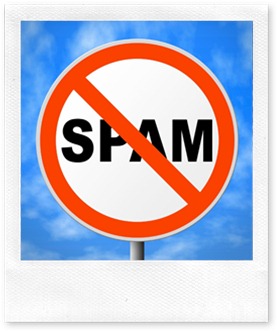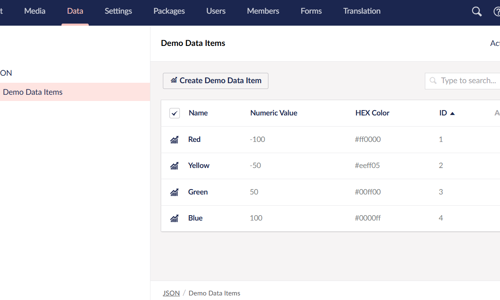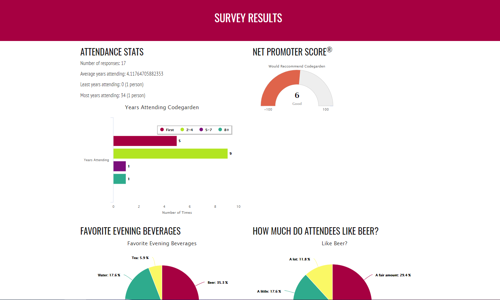 If you’ve got a blog, I’m sure you’ve seen comment spam – barely literate gibberish that adds nothing interesting to your blog post conversation and is only used by unethical marketers to build trashy back-links to their websites. A quality blog doesn’t let comment spam build up. There are some easy ways to cut back and clean up your comment spam.
If you’ve got a blog, I’m sure you’ve seen comment spam – barely literate gibberish that adds nothing interesting to your blog post conversation and is only used by unethical marketers to build trashy back-links to their websites. A quality blog doesn’t let comment spam build up. There are some easy ways to cut back and clean up your comment spam.
1 – The Correct Blog Settings
The administration interface of your blog software should offer you some options for managing comments. Look for a section called “Comments”, “Discussion”, “Settings”, “Options”, or “Preferences.” Different blog software will give you different options, or phrase options differently, but here are some options which might be available to you:
Commenting On/Off – You always have the option to turn off all commenting on your blog. This will eliminate the legitimate feedback in addition to the spam.
Close comments after a certain time period – Since it takes spammers some time to find your posts, whereas your real readers might be more up-to-date with your latest posts, it can be a good idea to set an automatic time limit on commenting. After the chosen time has elapsed (since you published your post), no one will be able to post additional comments to the post. For example, if you set this option to “7 days” and published a new blog post on Monday, people would only be able to leave comments on that post until the next Monday. After that time, comments that had been posted would be visible, but no new comments could be added to that post.
Moderate comments = Yes/No – Unless you don’t care that your blog will become a spam free-for-all, turn comment moderation ON.
Manual/Automatic Moderation options – If your blog software provides automatic comment moderation, you will likely have several different options to set for that, as well as “blacklists” and “whitelists”, etc. Generally I have found that a combination of automatic and manual moderation works best.
2 – Comment Moderation
Setting the right options will reduce your comment spam, but you will still want to check on your blog once a week or so to mark comments as spam, which will improve your automatic filtering, as well as delete from your blog any spammy comments. Most comment spam is pretty easy to spot. Here are some things to look for:
- It has no relation whatsoever to the content of your post
- It uses a direct quote from your post, especially the title, but doesn’t say anything interesting
- It includes an irrelevant link in the body of the comment
- It shows very poor English grammar (most comment spamming is outsourced outside the United States to people who don’t know English well)
- The name of the commenter isn’t a real name at all, and instead is a keyword phrase
Depending on your blog software, you might manage the comments on each post individually, or you might have a section of your admin interface where all the comments are listed together.
3 – Blog Add-ins
If you want some extra power in dealing with comment spam, search online for an add-in (or “plug-in” for your specific blog software. Setting this up might take a bit more technical know-how, so you might want to have a technical VA or web developer do this for you.
Web Action Steps
- Make sure your blog software options are set properly for dealing with comment spam. Often the defaults aren’t strong enough.
- Turn on comment moderation tools in your blog. Make sure you or an assistant takes time each week to moderate comments and delete spam.
- If you are still having problems, investigate more advanced options in your blog software or look for an add-in that will help you manage the spam more effectively.
- If it seems like a lost cause, and you don’t get many legitimate comments, turn commenting off on your blog entirely.
Comment spam can make having a blog seem like more trouble than it’s worth, but by following these tips, you can regain control of your blog. If you need help setting up a professional, custom-designed blog for your business, please contact me today.








